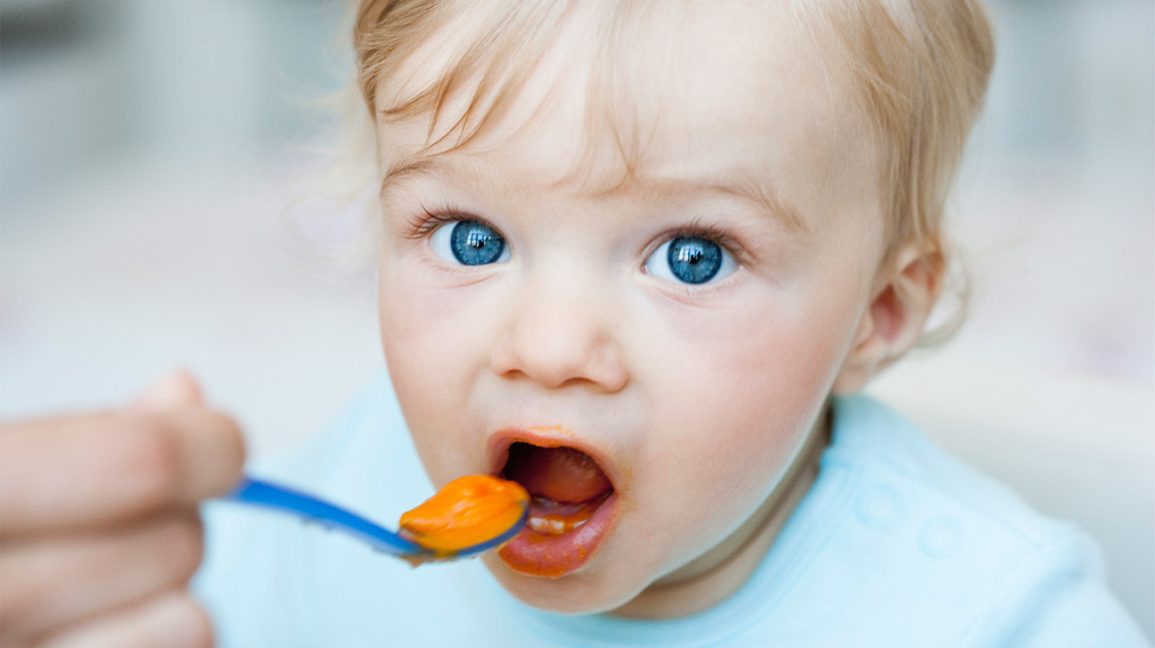Disclaimer: The views, suggestions, and opinions expressed here are the sole responsibility of the experts. No Scoop Today USA journalist was involved in the writing and production of this article.
Study says : About all little children, and most of infants, eat an excess of Included sugar in the US

Another examination of national information distributed Wednesday discovers 98% of little children and 66% of babies expend included sugars in their weight control plans every day. The American Heart Association prescribes kids under two years old not approach any additional sugars, which incorporates any sugars that don’t normally happen in nourishment.
“The consumption of added sugars among children has been associated with negative health conditions such as cavities, asthma, obesity, elevated blood pressure, and altered lipid profiles,” said lead investigator Kirsten Herrick, a program director at the Division of Cancer Control and Population Studies with the National Cancer Institute, a part of the National Institutes of Health.
“Whether these associations exist for even younger children hasn’t been studied,” they added. “The aim of this study was to focus on one aspect of diet — added sugars [and] consumption among US infants and toddlers — that could inform the dietary guidelines.”
Newborn children matured 6 to 11 months were normally given included sugars by means of seasoned yogurt, infant tidbits and sweet pastry shop items; the examination didn’t check any sugars that are contained in bosom milk or baby recipes.
For little children matured 12 to 23 months, natural product beverages, treat and sweet heated merchandise were the essential wellspring of the additional sugars.
“We did not find any differences in added sugar consumption by sex, family income level or head of household education,” Herrick said in a meeting with the Journal of the Academy of Nutrition and Dietetics.
By and large, newborn children expended a teaspoon of included sugar a day while little children devoured around 6 teaspoons every day.
“We did however find differences in added sugars consumption by race and Hispanic origin,” Herrick said. “For example, non-Hispanic Asian toddlers consumed the fewest added sugars at around 3.7 teaspoons [a day]. Non-Hispanic Black toddlers consumed the most added sugars at about 8.2 teaspoons [a day].”
The exploration pulled information from a broadly agent study led by the US Centers for Disease Control and Prevention called the National Health and Nutrition Examination Survey. The investigation took a gander at utilization between the long stretches of 2011 and 2016.
The examination additionally discovered some uplifting news: by and large utilization of sugars has dropped over that five-year time span among newborn children and babies. In any case, nutritionists caution that additional sugars at these ages is a worry because of the effect on future taste and nourishment inclinations.
“Research has shown that eating patterns established early in life shape later eating patterns,” Herrick stated, indicating an investigation that discovered 6-year-olds who drank any sort of sugar-improved refreshment before they turned one were more than twice as prone to expend sugary beverages once a day contrasted with kids who were not presented to sugar.






